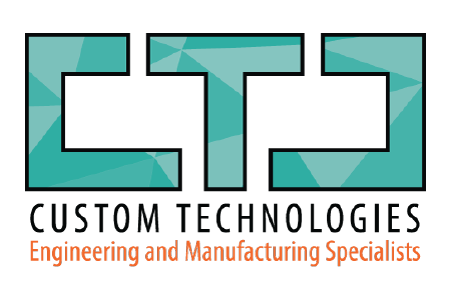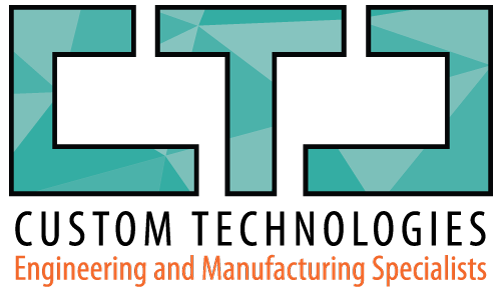The world of manufacturing is undergoing a transformative revolution, driven by the advent of 5G technology. The concept of a “5G smart factory” is at the forefront of this change, promising unprecedented levels of efficiency, connectivity, and automation. In this article, we will explore what a 5G smart factory is, its key features, and how it leverages 5G technology to enhance industrial automation and integrated solutions.
What Is a 5G Smart Factory?
A 5G smart factory is a cutting-edge manufacturing facility that harnesses the power of 5G technology to revolutionize operations. At its core, it is an industrial automation marvel, where machines, devices, and systems communicate seamlessly with each other in real-time, enabling precision, speed, and agility previously unattainable. Key features of a 5G smart factory include:
1. 5G Factory Automation: 5G’s ultra-reliable low latency communication (URLLC) capabilities allow for real-time data transmission and control. This results in highly responsive and agile factory automation, ensuring that machinery and systems can adapt to changing conditions swiftly.
2. Enhanced Connectivity: With 5G, a multitude of devices can be connected simultaneously without compromising network performance. This means that sensors, robots, and other equipment can communicate efficiently, leading to better coordination and synchronization.
3. Low Latency: 5G’s low latency capabilities enable instant communication between devices. In a 5G smart factory, this translates to rapid decision-making and precise control over automated processes, reducing the risk of errors and downtime.
4. Integrated Automation Solutions: 5G smart factories incorporate integrated automation systems that unify various components of the manufacturing process. These systems seamlessly integrate production, inventory management, quality control, and more, fostering a holistic approach to manufacturing.
5. Remote Monitoring and Control: 5G technology allows for remote monitoring and control of factory operations, making it possible for experts to manage and troubleshoot issues from anywhere in the world. This capability enhances efficiency and reduces downtime.
5G Use Cases in Smart Factories
The deployment of 5G in smart factories opens up a world of possibilities and use cases, including:
1. Predictive Maintenance: By analyzing real-time data, 5G-enabled smart factories can predict equipment failures before they occur, enabling proactive maintenance and minimizing costly downtime.
2. Quality Control: High-speed data transfer and low latency enable advanced quality control measures, such as vision systems and robotics, to ensure product quality and consistency.
3. Inventory Management: 5G facilitates real-time tracking of inventory levels, ensuring timely restocking of materials and preventing production delays.
4. Autonomous Vehicles: Autonomous guided vehicles (AGVs) and drones powered by 5G can efficiently transport materials within the factory, optimizing logistics.
5. Energy Efficiency: 5G smart factories can monitor energy consumption in real time, allowing for precise energy management and sustainability initiatives.
Conclusion
The emergence of 5G technology is ushering in a new era of manufacturing, where the concept of a 5G smart factory is at the forefront. These advanced facilities leverage the capabilities of 5G, including ultra-reliable low latency communication (URLLC), to create highly responsive, efficient, and integrated automation solutions. As 5G continues to mature and expand, we can expect to see more smart factories embracing this transformative technology to improve productivity, reduce costs, and drive innovation in the manufacturing sector. The 5G smart factory is not just a vision of the future; it’s a reality shaping the manufacturing landscape today.

